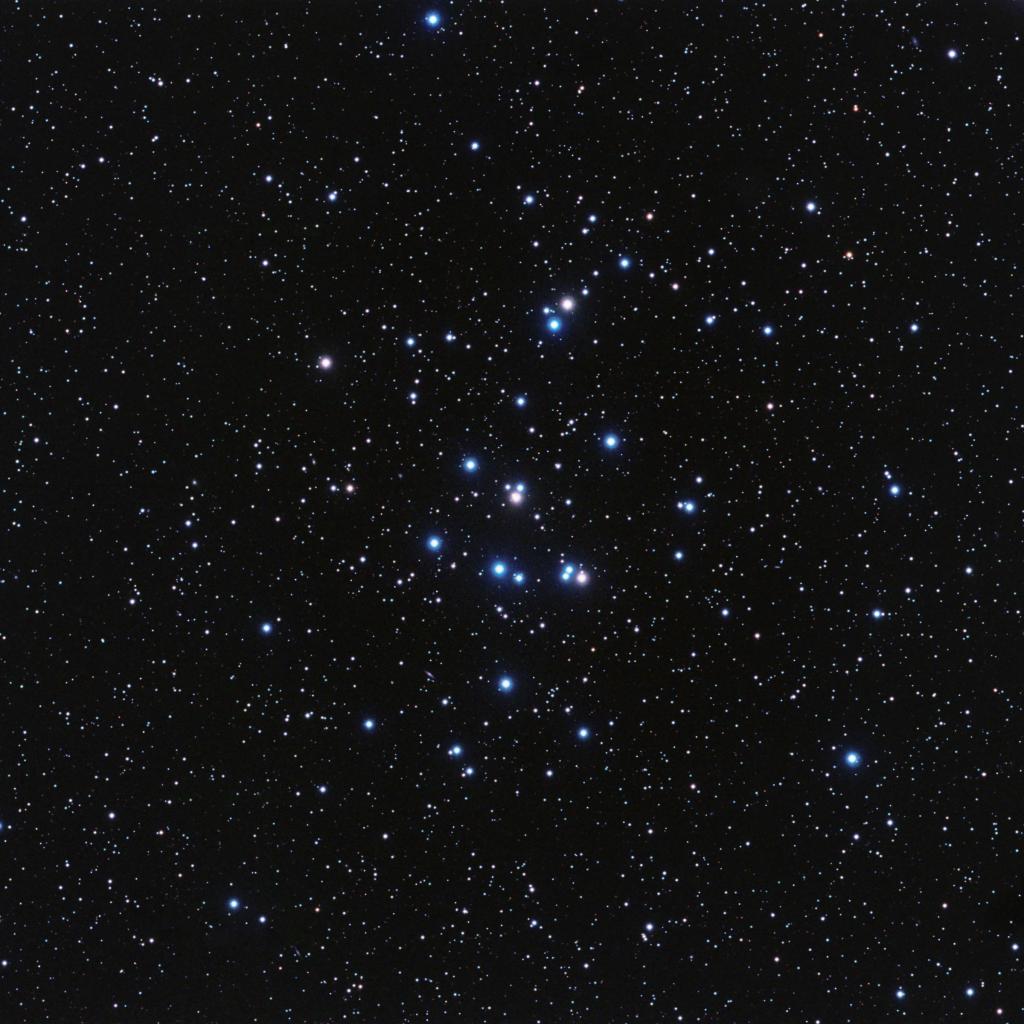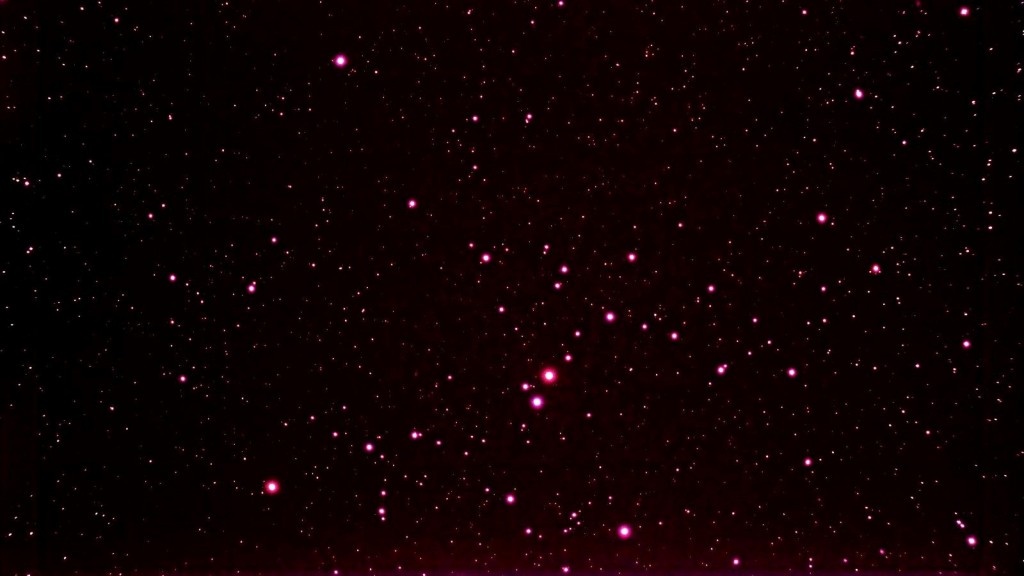
Tuesday, 19 March, at exactly 8:06 PM MST, denotes the moment when the Sun will again be directly over Earth’s equator. As viewed from Central Yavapai County at approximately 34.54° N, we will see the Sun appear to rise and set due East and due West, respectively. This is the Vernal Equinox, the rebirth of the Northern Spring, and a day celebrated by cultures around the world as an emergence from the long, cold Winter.

Many ancient cultures began their calendar on the equinox, including Babylon, Persia, and even carries through to modern times with the official government Indian National Calendar or Shaka Calendar. The Angkor Wat complex of Cambodia was built nearly a millennium ago, with near perfect alignment to the Equinoxes, including the rising and setting of the sun over the central lotus tower on those dates, as well as sculptures and carvings that depict numerical representations of the number of days between each the Summer and Winter Solstices with the central Equinoxes. Western cultures, heavily influenced by the spread of Christianity, connect the Easter celebration to the equinox. The Paschal full moon, named from the Aramaic word for Passover, denotes the first full moon proceeding the vernal equinox, which this year will illuminate the night skies on March 25th, after which Easter is celebrated on the following Sunday. Due to the celestial mechanics of the equinox and the Lunar cycle, this may place Easter as early as March 22nd in some years or as late as April 25th in others. This pattern of celebrating of death and resurrection is not unique to Christianity and was likewise observed with direct correlation to this celestial event in the Roman festival of Hilaria and the Pagan holiday of Ostara. And throughout the Arab world, Mother’s Day is commonly celebrated on the spring equinox.

The 2024 equinox on March 19th will see the waxing gibbous moon spend the evening in the constellation Cancer, the Crab. Lying tangent that night to one leg of a triangle connecting the bright stars Regulus, Pollux, and Procyon, the Moon may guide you to the Beehive Cluster, as separated by just a few degrees. With over 1,000 stars, and one of the closest open clusters to Earth, this is one of the best objects for a backyard astronomer to find with their small telescope or binoculars. Lying midway between Pollux and Regulus, this stellar nursery was documented by Galileo, Messier, Shur, and many other astronomers over the centuries. Add yourself to that list of astronomers on this night and count how many stars you can discern in this hive of activity, then revisit the Beehive Cluster later in the month when the bright moon has moved away and see if you are able to resolve more of the bees of the Beehive Cluster.
